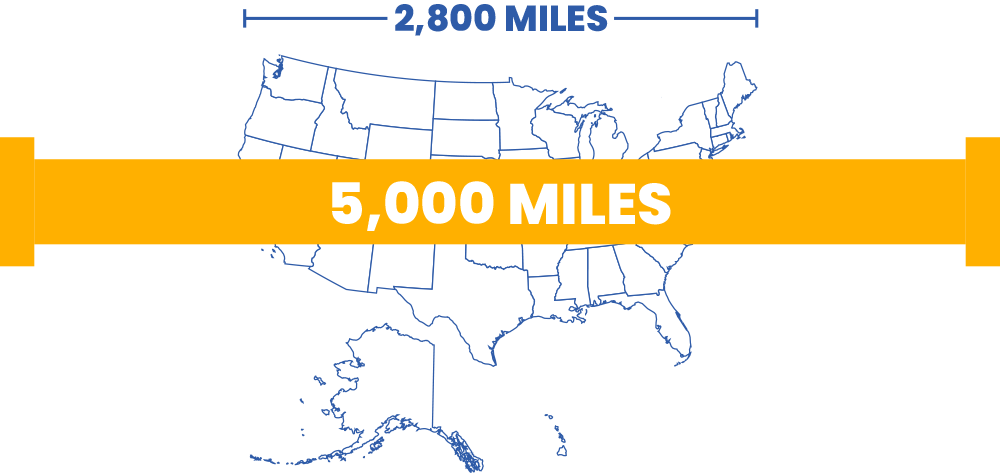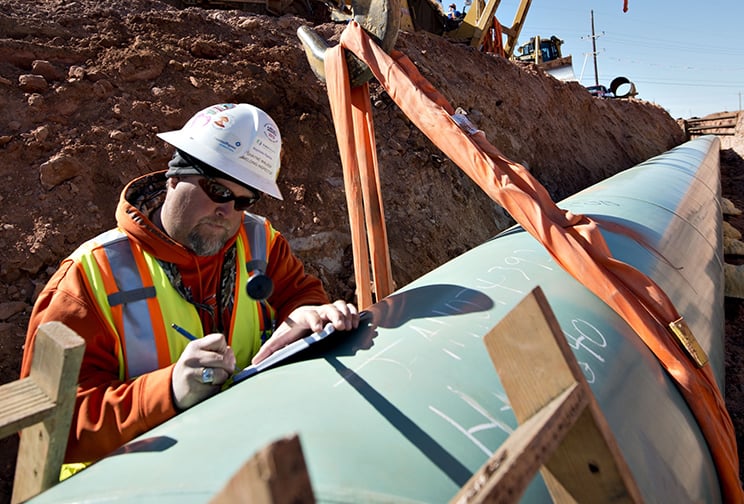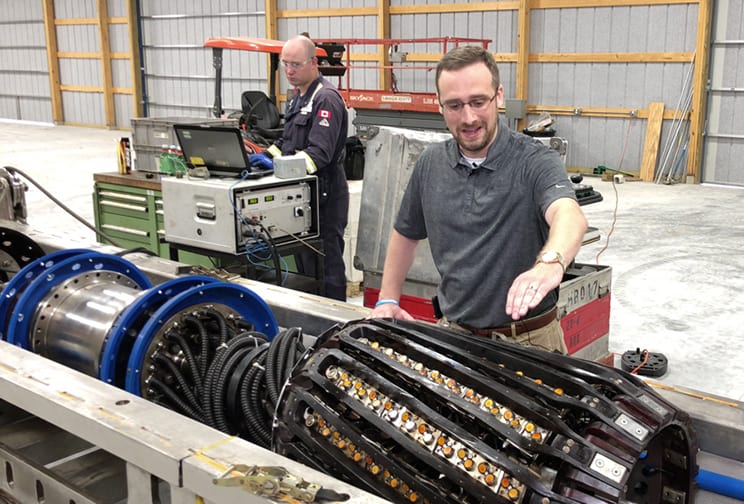About CO2 Pipelines & Storage: How They Work
We can now capture CO2 emissions instead of releasing them into the atmosphere. Pipelines are needed to deliver those emissions from where they’re captured to their permanent underground storage area.
How Permanent Storage Works
- Storing CO2 is like the reverse of drilling for natural gas. Instead of drilling through rock to extract gas, CO2 is injected under rock layers deep underground that keep oil and gas locked in place.
- CO2 storage sites are carefully selected after rigorous analysis to ensure they are geologically suitable. CO2 is stored thousands of feet underground, well below any sources of drinking water.
CO2 pipelines transport captured emissions that would otherwise be released to the atmosphere from industrial facilities to permanent underground storage.
Why Here?
CO2 capture and sequestration will benefit existing industrial jobs and create new jobs in emerging industries.
The Rocky Mountains have a long, proven history of safe underground storage operations.
Extensive research has identified the best, safest underground CO2 storage spaces, and the Rocky Mountains have an abundance.
Benefits of New CO2 Pipelines
Today in America, There Are Already 5,000 Miles of Operating CO2 Pipelines
The products and services we need produce carbon dioxide, including cars, planes, agriculture, and manufacturing.
Carbon capture and storage helps us achieve our climate goals by storing emissions safely underground forever.
CO2 pipelines and storage help us enjoy a modern economy while protecting the environment and creating new, low carbon energy jobs.

But more are needed to secure our low carbon energy future.
CO2 Pipeline Safety in Action
CO2 pipeline operators proactively inspect their pipelines and conduct preventive maintenance. Pipeline personnel monitor operations 24/7 and can shut down a CO2 pipeline if there is a problem. CO2 pipelines are constructed with high-grade steel and a protective coating to help prevent corrosion.
Hi-Tech Inspection Tools
Preventive Maintenance
24/7 Monitoring
High Quality Steel & Protective Coatings
Information on how pipelines work, how they are constructed and what pipeline operators do to keep them safe.
Pipelines deliver the benefits of affordable energy, helping us get where we need to go and making life more convenient.
Proactive inspections, preventive maintenance, and 24/7 monitoring all keep pipelines and surrounding areas safe.



